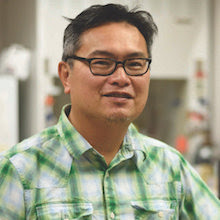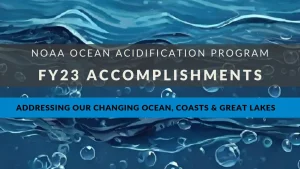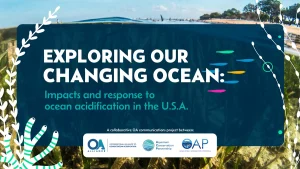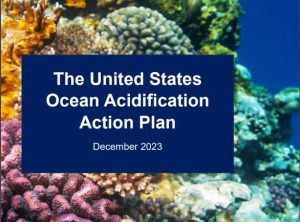WEDNESDAY, MARCH 6TH 3PM ET (12PM PT)
A leading focus of ocean acidification outreach has involved issue identification – educating the public and decision makers on the scale of the problem facing the ocean. The message of what can be done has been less well told. In this webinar, the speakers will share their motivation for and experiences with developing an educational video on local actions and solutions to address ocean acidification. Using a series of stories of citizen science-based monitoring, industry innovations, and the search for local mitigation solutions, they will share the experiences of Oregonian’s rolling up their sleeves to act locally against a global challenge. Surprises and lessons learned will also be related, particularly in the context of a fast moving west coast ocean acidification and hypoxia policy landscape.
Speakers:










